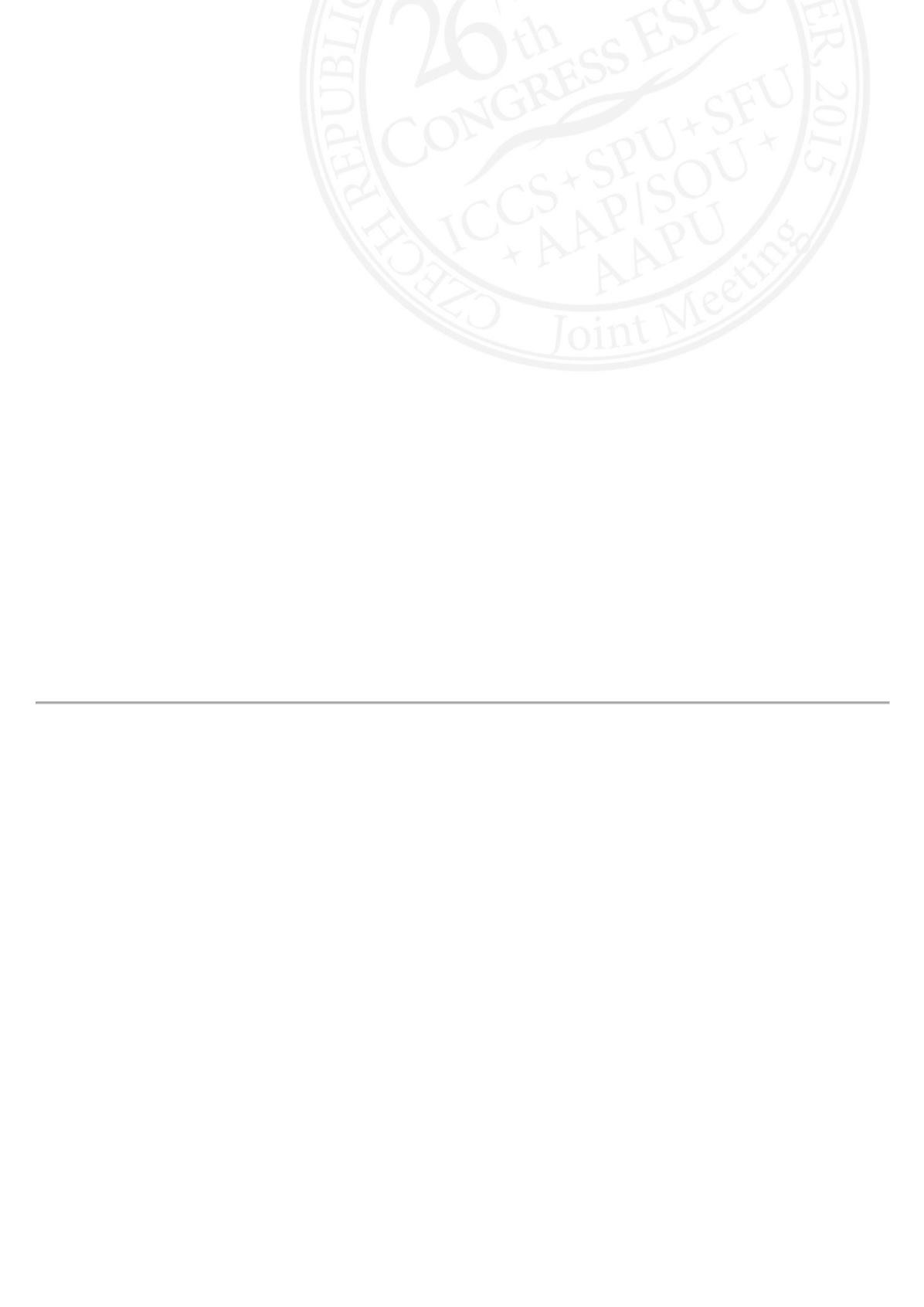

S28-12
(P)
OPEN VERSUS ROBOTIC-ASSISTED URETERAL REIMPLANTATION: COMPARING
CLINICAL AND FINANCIAL OUTCOMES
Mohan GUNDETI and Anup SHAH
The University of Chicago Medicine: Comer Children's Hospital, Surgery, Section of Urology, Chicago, USA
PURPOSE
This study compares clinical and financial outcomes between robotic-assisted laparoscopic ureteral reimplantation
(RALUR) against open ureteral reimplanation (OUR) at our institution.
MATERIAL AND METHODS
A retrospective review was conducted on 56 extravesical RALUR and 25 Cohen’s intravesical OUR patients from 2008-
2014. Two RALUR technique improvements were made over the study period. All data were collected from electronic
records. Two-tailed, unpaired t-tests were used to compare continuous variables and Fisher’s exact tests were used to
compare categorical variables.
RESULTS
78 renal units underwent RALUR and 34 underwent OUR. Reflux resolution rates were 81% for RALUR and 97% for OUR
(p < .05). Analysis of technique-specific outcomes showed that the most recent RALUR technique resulted in a RALUR
success rate (85%) not statistically different from that of OUR (p = .145). RALUR was associated with shorter
hospitalizations, reduced catheterization time, reduced opioid analgesia, and reduced anticholinergic administration (all
p < .05). There was no statistical difference in total cost between RALUR and OUR ($6,618 vs. $6,219, n = 25 each, p
= .83).
CONCLUSIONS
Reflux resolution rates were higher in the OUR cohort (97%) than in the RALUR cohort (81%); however, optimizing the
RALUR technique reduces the difference in VUR resolution rates. Perioperative morbidity was reduced in the robotic
cohort. Financial data revealed no significant differences in total cost between the robotic and open approach. Reduced
perioperative morbidity with the robotic procedure renders the robotic approach a viable option for management of VUR.












